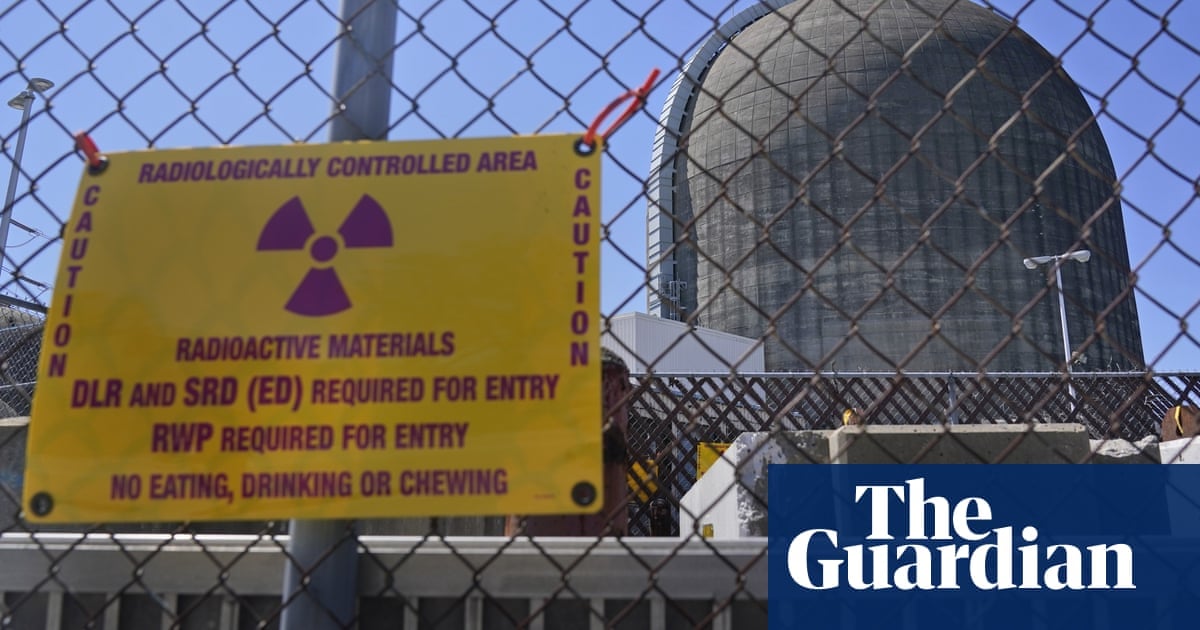Shuttering of New York facility raises awkward climate crisis questions as gas – not renewables – fills gap in power generation
When New York’s deteriorating and unloved Indian Point nuclear plant finally shuttered in 2021, its demise was met with delight from environmentalists who had long demanded it be scrapped.
But there has been a sting in the tail – since the closure, New York’s greenhouse gas emissions have gone up.
Castigated for its impact upon the surrounding environment and feared for its potential to unleash disaster close to the heart of New York City, Indian Point nevertheless supplied a large chunk of the state’s carbon-free electricity.
Since the plant’s closure, it has been gas, rather then clean energy such as solar and wind, that has filled the void, leaving New York City in the embarrassing situation of seeing its planet-heating emissions jump in recent years to the point its power grid is now dirtier than Texas’s, as well as the US average.



https://world-nuclear.org/nuclear-essentials/how-can-nuclear-combat-climate-change.aspx
Per kilowatt produced, wind power is the only thing that competes and that assumes operating in areas ideal for wind turbines to function. If you’re trying to make land use efficient (because the less land we need to use, the more can be converted back to wilderness to sustain fragile ecosystems) and able to serve high density population areas, nuclear is the only viable option as a solid baseline.